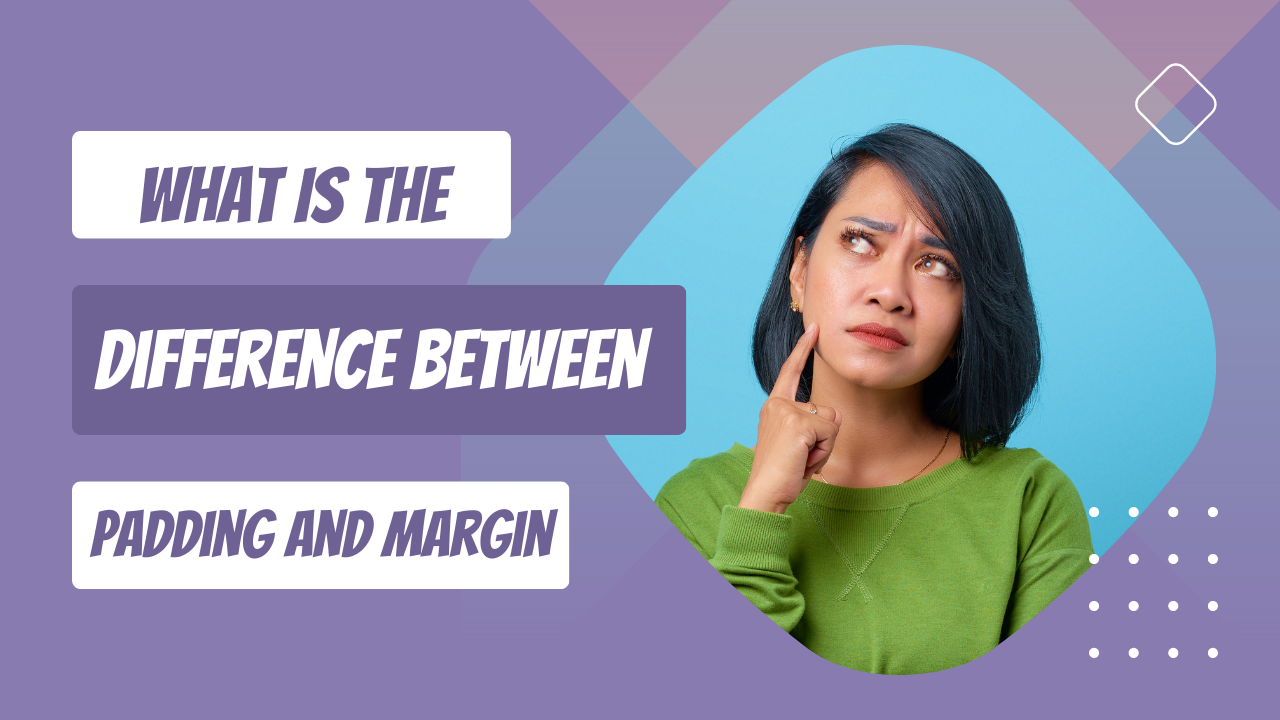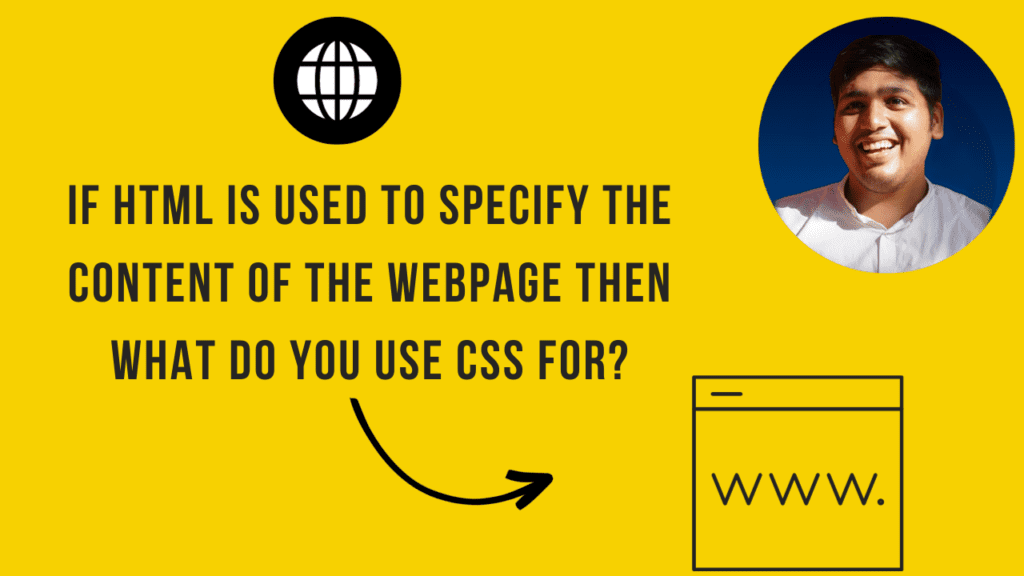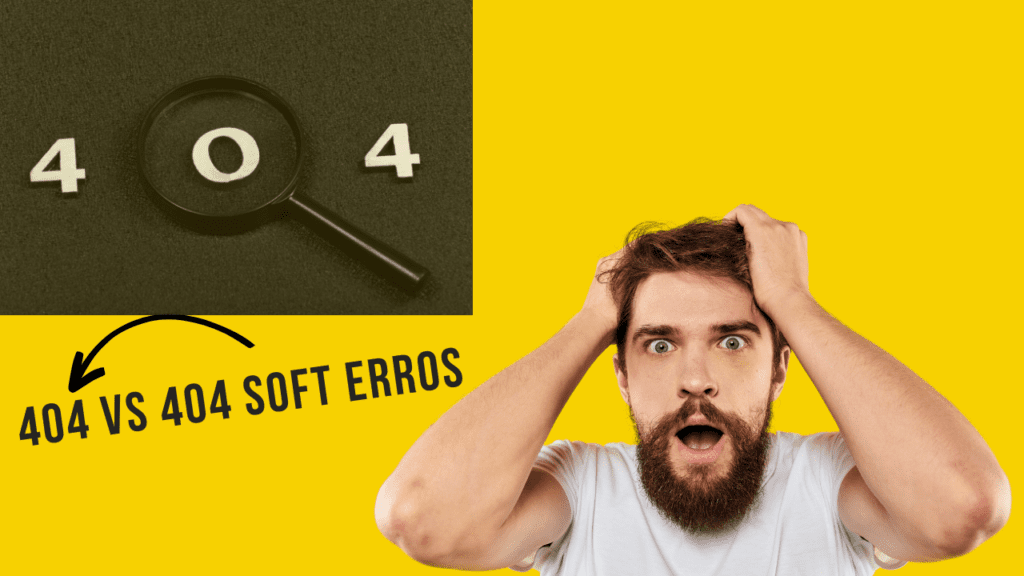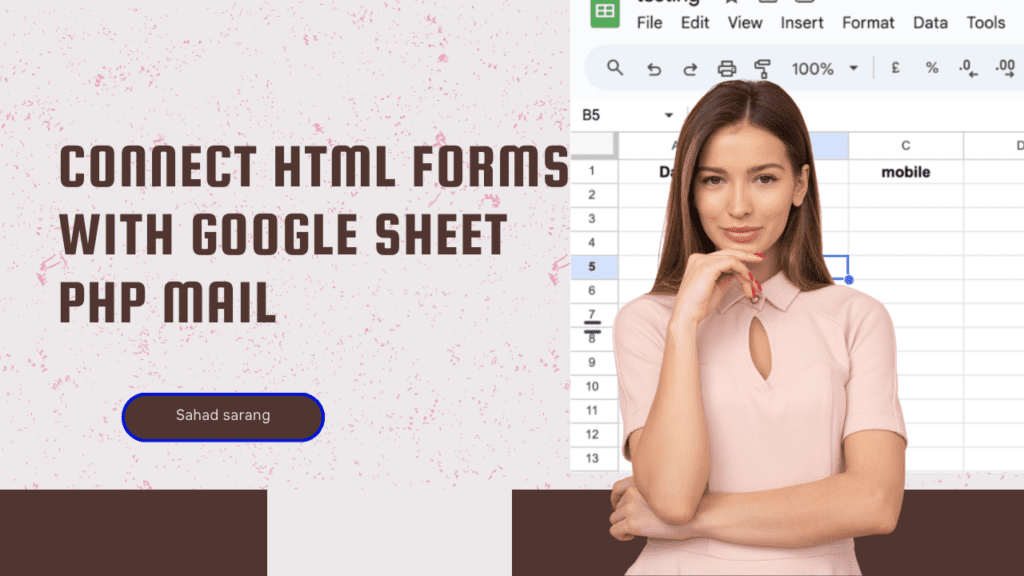In UI/Web design, each pixel counts. “Margin” and “padding” are crucial for spacing elements effectively. Though they appear similar, they address distinct spacing aspects. This blog clarifies their differences and importance in UI/web design.
Margin vs Padding
Margin: Creating Space Outside the Box
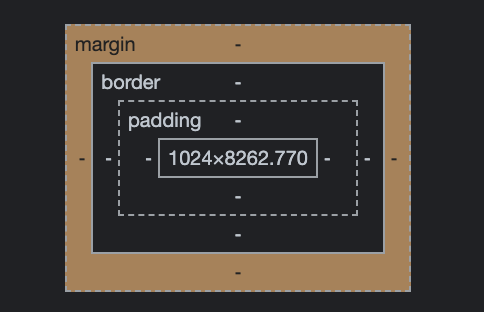

Margin basically the outside space of an element’s border. It is essentially the gap between neighboring elements and defines the visual separation between elements on a webpage. Margins are used to create breathing room between elements, preventing them from feeling cramped or cluttered. For instance, if you want to add space between two paragraphs or separate a heading from a paragraph, you would adjust the margins.
In essence, margins are like the “personal space” of an element. They don’t have a background color or any other properties – they solely affect the distance between the component and its neighboring elements.
Padding: Space Within the Box
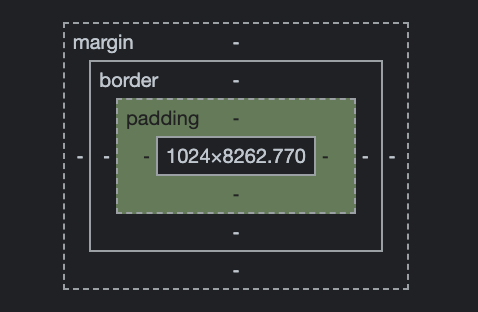

On the other part, padding refers to the space between an element’s content & it’s border. It provides an internal cushion, ensuring that the content inside an element doesn’t touch the element’s border directly. Padding is used to control the amount of space between the content and the border, making the content more visually appealing and improving readability.
Padding is akin to the “internal space” of an element. It affects the space within an element’s boundaries and can be crucial for creating a balanced and well-proportioned design.
The Key Differences of Margin and Padding
To summarize, here are the key differences between margin and padding:
1. Positioning:
- Margin controls the space outside an element.
- Padding controls the space inside an element.
2. Effect on Nearby Elements:
- Margins influence the space between an element and its neighboring elements.
- The space between an element’s content & its border is Padding.
3. Visual Appearance:
- Margins affect the external spacing and layout of elements.
- Padding affects the internal spacing and readability of content within elements.
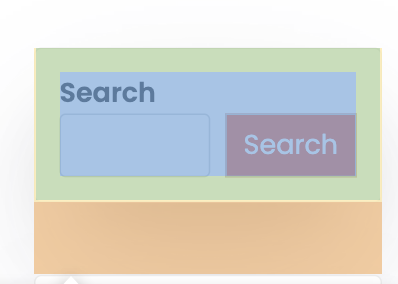

Example of padding and margin above Screenshot inner green element is padding and outside the border box is known as margin.
How to Use Them Effectively
Both margin and padding are crucial tools in a web designer’s toolkit. To use them effectively:
- Margins: Use margins to create spacing between different sections of your webpage. This helps prevent the content from feeling cluttered and enhances the overall visual hierarchy.
- Padding: Utilize padding to improve the readability and aesthetics of your content. Proper padding ensures that text and images don’t appear cramped against the element’s border.
Padding and Margin are very confusing for the designer as a beginner it’s difficult to understand the difference. You can also check one more confusing topic explained properly on our blog How to center an image in HTML

